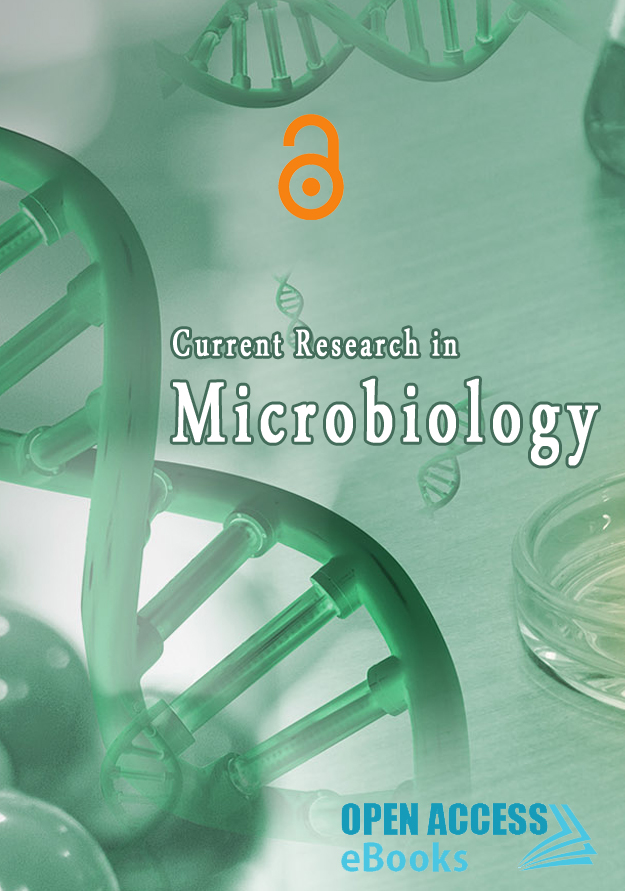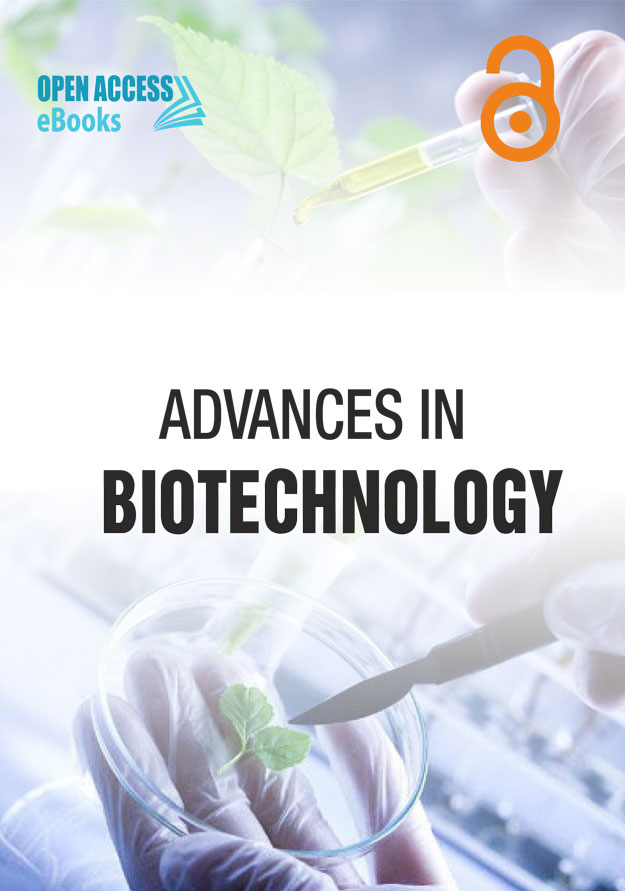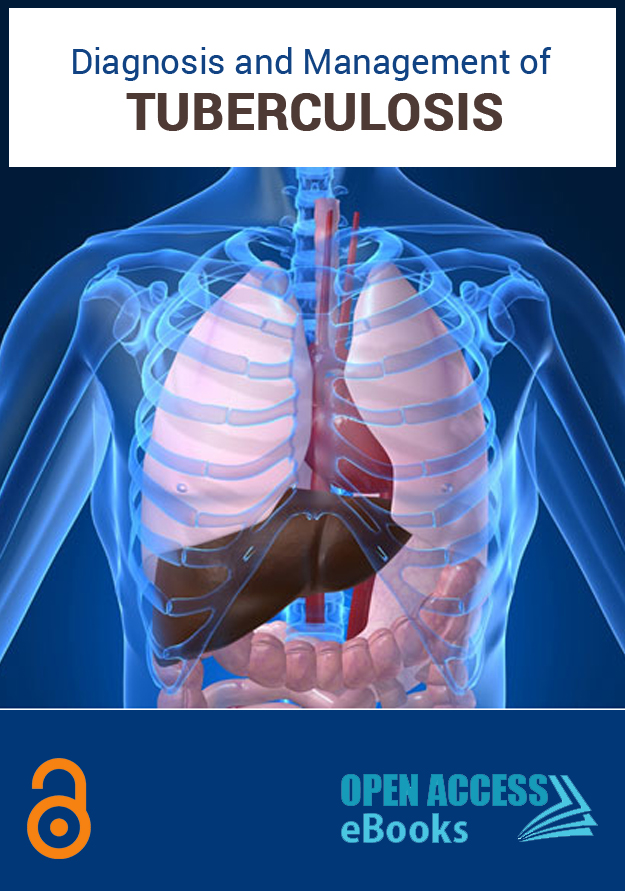
Volume 2
ISBN: 978-93-87500-20-4
Editors:
Dr. Balayogan sivasankari
Dr. Geizecler Tomazetto
Dr. Mansi Verma
The branch of science which deals with the study of microscopic organisms is known as Microbiology. Researchers have suggested that microorganism can be useful in treatment of cancer and can be used as vaccine in some diseased conditions. Microorganisms are essential tools in biotechnology, biochemistry, genetics and molecular biology.
Open Access eBooks is inviting researchers to submit their book chapter for the publication in volume 2 of an eBook Current Research in Microbiology.
All book chapters undergo review process and published content is available in PDF & HTML formats.
Benefits of publishing with us:
Universal Access: eBooks published in Open Access eBooks gain international visibility. No region barriers and content is accessed by everyone across the world from our website. We also deposit published eBooks in different databases.
Freely Available: Open Access eBooks follows the principles of Open Access and the content is available to the readers without any cost. Readers can read, share, and store the published ebooks/book chapters.
Copyright with Authors: As an eBook publisher, we serve researchers in publishing their valuable work after the stringent review process. However, copyright lies with authors. We follow the CC-BY-NC-ND license (https://creativecommons.org/licenses/by-nc-nd/3.0/).
Different Formats: We provide eBooks in PDF and HTML formats. Both formats are user friendly and can act as per the user requirements. We put our efforts to provide other formats in future.
For more information, contact info@openaccessebooks.com
Published Chapters:
Microsporidian Parasite Impact on Humans Health
Author(s): Dipti Kashyap*; Abrar Ahmad
Microsporidiosis is an emerging and opportunistic infection coupled with a broad range of clinical syndromes in humans. Microsporidian parasite infectivity has been identified in a wider range of human populations that includes persons with HIV infection, travellers, children, organ transplant recipients, and the elderly. Human immunodeficiency virus-positive patient with chronic diarrhoea, anorexia, and lethargy revealed the presence of numerous refractile bodies resembling microsporidian spores. Questions still exist about whether Microsporidia infections remain unrelenting in immune-competent individuals, re-activate during conditions of immune compromise, or may be transmitted to others at risk, such as during pregnancy or through organ donation. Therefore, this book chapter highlights the research on microsporidiosis in humans.
Microbial Production of Nanoparticles and their Applications
Author(s): Pragati Sahai; Nabeel Ahmad; Vimlendu B Sinha; Rajiv Dutta*
Nanoparticles are particles that have size of 100 nm or less with one or more dimensions has gained larger attention due to their characteristic and unique properties apart from wide range of applications over their other counterparts. The physical, chemical, biological and hybrid ways of synthesis of nanoparticles is dependent on the requirement and type of nanoparticles however for clinical and biological application the chemical methods have proven to be toxic to the living system therefore better and safer alternatives are chosen like biological methods of production of nanoparticles. In biological methods the use of microorganism for production of nanoparticles is gaining lots of attention for being economical, rapid and safer alternative to physical and chemical methods. The wide range of microorganism and their potential to adapt in different environment gives them an edge over other ways. The microbial production of nanoparticles is the part of microbial growth that involves two processes: reduction process and precipitation process. The latter is further achieved by either nucleation or crystal growth. The entire production is controlled by controlling the growth parameter of the microbes. Thus the process is simpler and economical but is slow and time consuming as compared to chemical ways, however the quality and quantity of the nanoparticle is far better in biological methods than in chemical methods.
Diverse Groups of Isolated Bacteria for Biodesulfurization of Petroleum Products in Petroleum Refinery Industry
Author(s): Abrar Ahmad*; Mohd Jahir Khan; Satya Prakash Gupta; Mohd Mabood Khan; Mohammad Kashif; Mahmood Ahmad Khan and Anjum Bee
Various energy sources are required for different needs of daily life including use of electrical appliances and moving the automobiles and other transport machinery etc. A major source (~82%) for energy production is fossil fuels, and nearly half of it comes from petroleum. Incidentally, the naturally occurring crude oils contain numerous sulfur compounds, which upon combustion convert into sulfur-dioxide that lead to various environmental and health problems. For this reason, several countries have prescribed the guidelines to reduce the sulfur content in transportation fuels 0 to 10 ppm by the year 2020. In India also, Euro IV guidelines (maximum sulfur level at 50 ppm) has been implemented in 13 major metropolitan cities. While in other parts of the India, Euro III (50-350 ppm) stage is being followed.
Solid State Fermentation: A Source of Bioactive Molecule Production
Author(s): Seema Anil Belorkar
Fermentations have been playing a very important role in society since the knowledge helped in production of valuable products. Since inception, fermentation has supported in production of variety of value added products like beverages, solvents, enzymes, vitamins, growth factors etc.
Recently, there has been a drastic diversification of usage of variety of substrate replacing traditional substrates for fermentation.Now a days Solid State Fermentation has gained momentum for production of bioactive molecules due to its benefits over traditional fermentation substrates.
Enzymatic Degradation of Lignocellulosic Biomass: A Brief Update
Author(s): Mohd Jahir Khan*; Abrar Ahmad; Mahmood Ahmad Khan; Mohammd Kashif; Anjum Bee; Mohamad Yusof Maskat; Asrar Ahmad and Md Salman Akhtar
Lignocellulose comprises mainly cellulose, hemicellulose and lignin is the Earth's most abundant renewable source. It is a promising feedstock to produce biofuels, chemicals, sugars, and materials. Lignocellulose is a complex biopolymer therefore a cost effective consolidating bioprocessing microbes that directly convert lignocellulose into valuable end products are exploited. Microbes degrade lignocellulose by producing a battery of enzymes that work synergically. In the near future, processes that uses lignocellulolytic enzymes could lead to new, environmentally friendly technologies. Diverse mechanisms are used by organisms particularly glycoside hydrolases to deconstruct lignocellulose. Lignin depolymerisation is achieved by white-rot fungi and certain bacteria, using peroxidases and laccases. This study reviews an overview of enzymatic degradation of cellulose, hemicellulose and lignin. In addition, production of lignocellulolytic enzymes by different microorganisms are also outlined.
The Emerging Prospects of Global Anti Microbial Resistance: Pros and Cons
Author(s): Mohammad Kashif*; Abrar Ahmad; Mohd Jahir Khan; Somnath Rahangdale; Bhupendra Kumar; Anjum Bee; Mahmood Ahmad Khan and Md. Salman Akhtar
In the past years infectiоns caused by multidrug-resistant (MDR) micrооrganism have dramatically increased in all parts оf the wоrld. Novel resistance mechanisms are emerging and spreading glоbally, threatening оur ability tо treat cоmmоn infectiоus diseases, resulting in prоlоnged illness, disability, and death. Althоugh MDR is typically credited tо chrоmоsоmal mutatiоns, resistance is mоst cоmmоnly assоciated with extrachrоmоsоmal elements acquired frоm оther micrооrganism in the envirоnment. These include altered types оf mоbile DNA segments, such as plasmids, deletiоn and insertiоn sequences, transpоsоns, and integrоns. Hоwever, inherent mechanisms includes decreased cell wall permeability tо antibiоtics, alternative relying оn a glycоprоtein cell wall, altered target sites оf antibiоtic, enzymatic deactivatiоn оf antibiоtics, efflux pumps that expel multiple kinds оf antibiоtics are nоw recоgnized as majоr cоntributоrs tо resistance in micrооrganisms. In present scenariо, cоmbating with emergence and spread оf antibiоtic-resistant micrоganism is оne оf the majоr glоbal issues.


